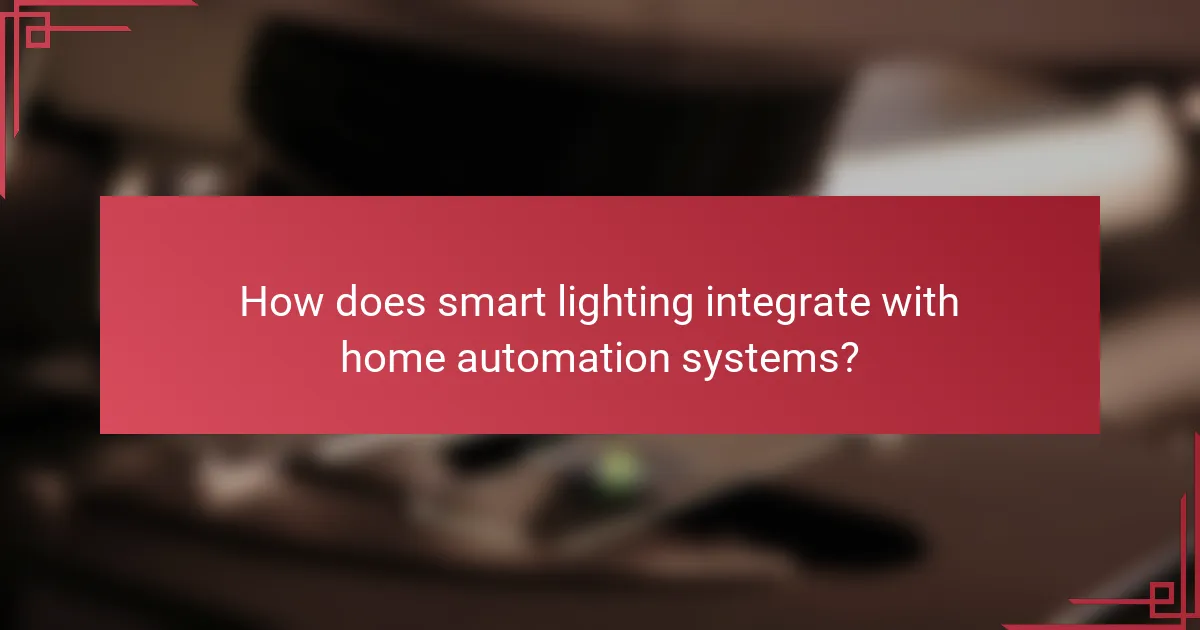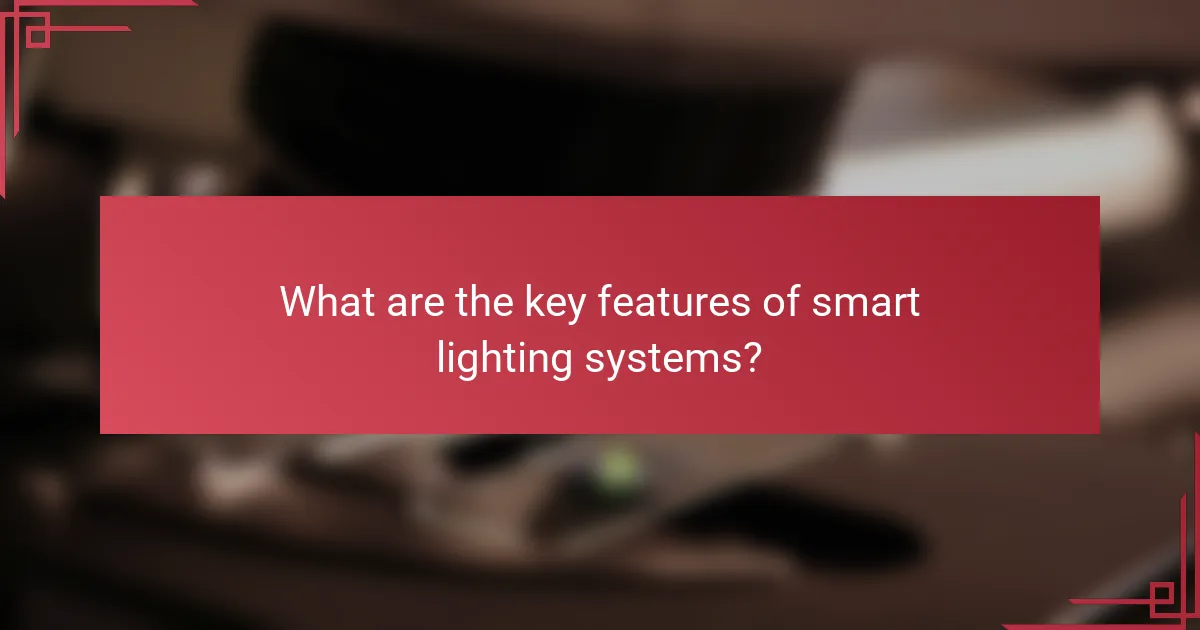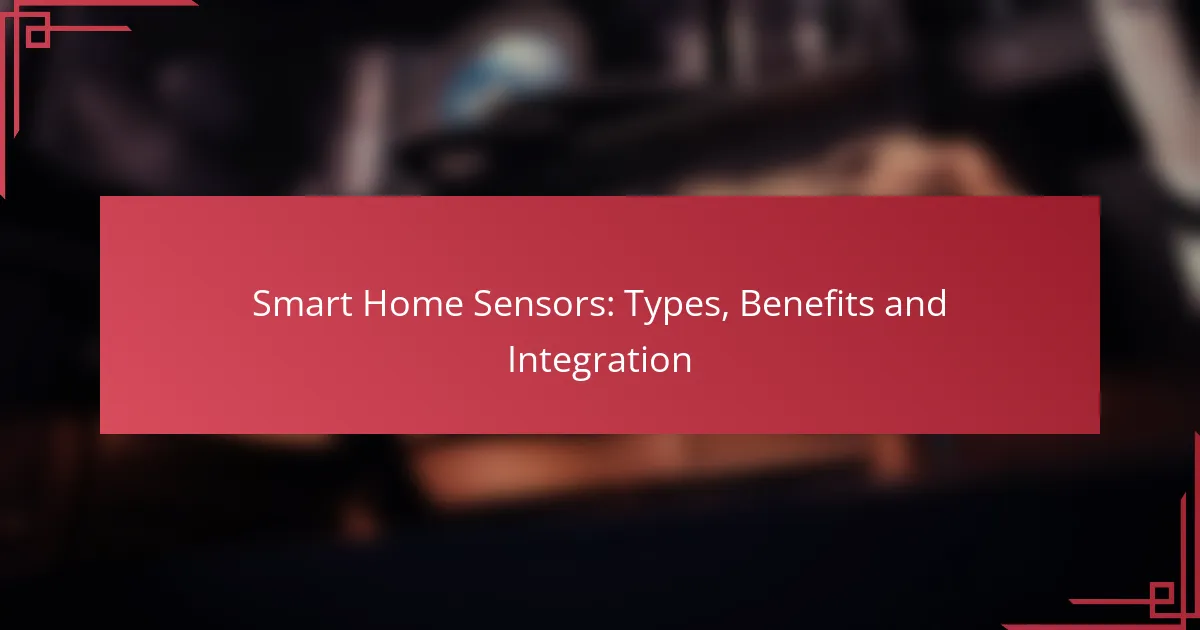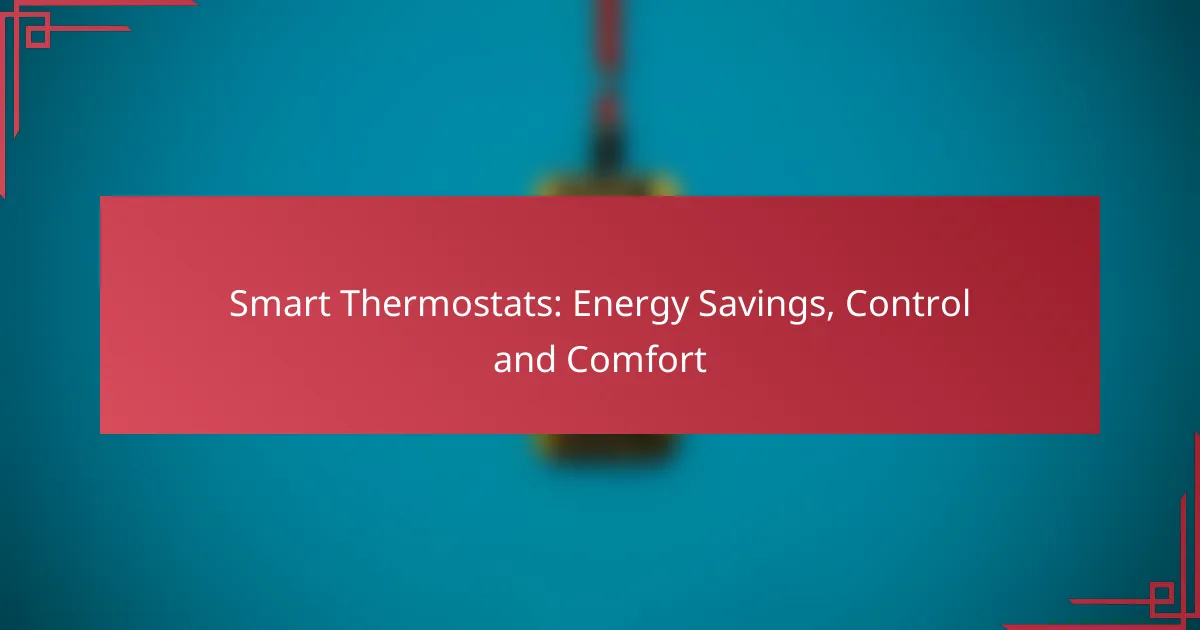Smart lighting systems provide a modern solution for enhancing home environments through energy savings, improved security, and increased convenience. With features like adjustable brightness, color customization, and remote control, users can effortlessly tailor their lighting to suit any occasion. Additionally, integration with home automation systems allows for seamless management and automation, further optimizing energy efficiency and user experience.

What are the benefits of smart lighting in Ireland?
Smart lighting in Ireland offers numerous advantages, including energy savings, enhanced security, and improved convenience. These systems allow users to control their lighting remotely, customize settings, and create a more inviting atmosphere in their homes.
Energy efficiency
Smart lighting systems are designed to reduce energy consumption significantly. By using LED bulbs and sensors, these systems can adjust brightness based on natural light levels or occupancy, leading to lower electricity bills.
In Ireland, where energy costs can be high, implementing smart lighting can result in savings of up to 80% compared to traditional lighting. This not only benefits the wallet but also contributes to environmental sustainability.
Enhanced security
Smart lighting can improve home security by allowing homeowners to simulate occupancy when they are away. Automated lighting schedules can turn lights on and off at specific times, deterring potential intruders.
Additionally, many smart lighting systems can be integrated with security cameras and alarms, providing real-time alerts and enhancing overall safety. This integration is particularly valuable in urban areas where crime rates may be higher.
Convenience and automation
With smart lighting, users can control their lights through smartphones, voice commands, or automated schedules. This level of convenience allows for easy adjustments without needing to physically reach for switches.
Automation features can include setting lights to turn on at sunset or dimming them gradually for bedtime. This not only enhances comfort but also helps establish routines that can improve daily living.
Customization options
Smart lighting systems offer a wide range of customization options, allowing users to choose colors, brightness levels, and lighting scenes. This flexibility enables homeowners to create the perfect atmosphere for any occasion.
For instance, users can set warm tones for relaxing evenings or bright, cool tones for productive work sessions. Many systems also allow for the creation of themed lighting setups for events or holidays.
Improved ambiance
Smart lighting enhances the ambiance of a space by allowing for precise control over light quality and color. This capability can transform a room, making it feel more inviting and comfortable.
In Ireland, where weather can often be gloomy, smart lighting can help counteract the effects of low natural light by providing bright and cheerful illumination, contributing to overall well-being and mood enhancement.

How does smart lighting integrate with home automation systems?
Smart lighting integrates with home automation systems by allowing seamless control and automation of lighting through centralized hubs and applications. This integration enhances convenience, energy efficiency, and customization in managing home environments.
Compatibility with smart hubs
Smart lighting systems are typically designed to work with various smart hubs, such as Samsung SmartThings, Amazon Echo Plus, or Google Nest Hub. When selecting smart lighting, ensure compatibility with your existing hub to enable unified control over all connected devices.
Most smart bulbs and fixtures support popular protocols like Zigbee, Z-Wave, or Wi-Fi, which facilitate communication with smart hubs. Check the specifications of your lighting products to confirm they align with your hub’s requirements.
Integration with voice assistants
Smart lighting can be easily integrated with voice assistants like Amazon Alexa, Google Assistant, or Apple Siri, allowing users to control lights through voice commands. This feature enhances user experience by providing hands-free operation for tasks like dimming lights or changing colors.
To set up voice control, ensure your smart lighting system is compatible with your chosen voice assistant and follow the manufacturer’s instructions for linking the devices. Regular updates to both the lighting system and the voice assistant may be necessary for optimal performance.
Remote control features
Remote control features in smart lighting systems allow users to manage their lights from anywhere using a smartphone app. This capability is particularly useful for adjusting lighting when away from home or setting schedules for automatic operation.
Most smart lighting apps offer functionalities such as dimming, color changing, and creating lighting scenes. When choosing a system, consider the user interface and ease of use of the app, as these factors significantly impact the overall experience.

What are the key features of smart lighting systems?
Smart lighting systems offer advanced functionalities that enhance convenience, energy efficiency, and customization. Key features include adjustable brightness and color, scheduling capabilities, motion detection, and energy monitoring, all designed to improve user experience and reduce energy consumption.
Adjustable brightness and color
Smart lighting allows users to adjust both brightness and color temperature, providing flexibility for different moods and activities. For instance, you can set warm tones for relaxation or bright white light for focused tasks. Many systems offer millions of color options, enabling personalized lighting schemes that can enhance your home or workspace.
When selecting smart bulbs, consider compatibility with your existing fixtures and the range of colors available. Some systems can even sync with music or movies, creating immersive environments.
Scheduling capabilities
Scheduling features enable users to automate lighting based on daily routines. You can set lights to turn on or off at specific times, which is useful for security or energy savings. For example, programming lights to mimic your presence while away can deter intruders.
Most smart lighting apps allow you to create multiple schedules, accommodating different days of the week. This flexibility ensures that your lighting adapts to your lifestyle without manual adjustments.
Motion detection
Motion detection in smart lighting systems enhances security and convenience by automatically turning lights on when movement is detected. This feature is particularly useful for entryways or hallways, providing illumination when needed without fumbling for switches.
Consider the sensitivity settings of motion sensors, as overly sensitive units may trigger lights unnecessarily. Proper placement of sensors can optimize their effectiveness, ensuring they activate only when required.
Energy monitoring
Energy monitoring features in smart lighting systems track usage patterns, helping users understand their energy consumption. This data can lead to more informed decisions about lighting use, potentially reducing electricity bills.
Some systems provide insights into energy savings, allowing users to set goals or receive alerts when usage exceeds certain thresholds. By monitoring energy consumption, you can identify opportunities for further efficiency improvements in your home.

How to choose the right smart lighting for your home?
Choosing the right smart lighting involves considering compatibility with your existing devices, evaluating energy efficiency, and assessing installation requirements. These factors ensure that your smart lighting system integrates seamlessly into your home while providing optimal performance and savings.
Consider compatibility with existing devices
Before selecting smart lighting, check if it is compatible with your current smart home ecosystem, such as Amazon Alexa, Google Assistant, or Apple HomeKit. This compatibility allows for easier control and integration with other smart devices.
Additionally, consider the type of bulbs and fixtures you currently have. Some smart bulbs require specific types of sockets or dimmers, so ensure that your existing setup can accommodate the new technology.
Evaluate energy efficiency ratings
Energy efficiency is a crucial factor when choosing smart lighting, as it directly impacts your electricity bills. Look for products with high energy efficiency ratings, such as those labeled with ENERGY STAR certification, which indicates they meet strict energy efficiency guidelines.
Smart LED bulbs are typically the most energy-efficient option, using up to 80% less energy than traditional incandescent bulbs. This efficiency not only saves money but also reduces your carbon footprint.
Assess installation requirements
Installation requirements can vary significantly among smart lighting products. Some smart bulbs simply screw into existing fixtures, while others may require more complex installations, such as replacing switches or wiring. Assess your comfort level with DIY projects before making a decision.
If you prefer a hassle-free installation, opt for smart bulbs that require minimal setup. For more advanced systems, consider hiring a professional electrician to ensure proper installation and functionality.

What are the costs associated with smart lighting?
The costs associated with smart lighting can vary significantly based on the type of system, installation requirements, and potential energy savings. Understanding these costs can help you make informed decisions about investing in smart lighting solutions for your home or business.
Initial purchase price
The initial purchase price of smart lighting systems typically ranges from moderate to high, depending on the brand and features. Basic smart bulbs can cost around $10 to $30 each, while more advanced systems, including smart switches and hubs, can total several hundred dollars. Consider the scale of your project when budgeting for these initial expenses.
Many manufacturers offer starter kits that include multiple bulbs and a hub, which can provide a more economical entry point for those new to smart lighting. These kits often range from $50 to $200, depending on the number of devices included.
Installation costs
Installation costs for smart lighting can vary based on whether you choose to do it yourself or hire a professional. DIY installation is generally straightforward for smart bulbs and plugs, requiring minimal tools and time. However, if you opt for hardwired systems or complex setups, professional installation may cost anywhere from $100 to $300.
When hiring an electrician, ensure they are familiar with smart home technology to avoid complications. Always request quotes from multiple professionals to find a competitive rate.
Long-term energy savings
Long-term energy savings are one of the most compelling benefits of smart lighting. Smart bulbs, particularly LED options, consume significantly less energy than traditional incandescent bulbs, often reducing energy costs by 70% or more. Over time, these savings can offset the initial investment in smart lighting systems.
Additionally, smart lighting features such as scheduling and remote control can help minimize energy waste. For example, you can program lights to turn off when not in use or adjust brightness based on natural light levels, further enhancing savings. Regularly reviewing your energy bills can help you track these savings effectively.



